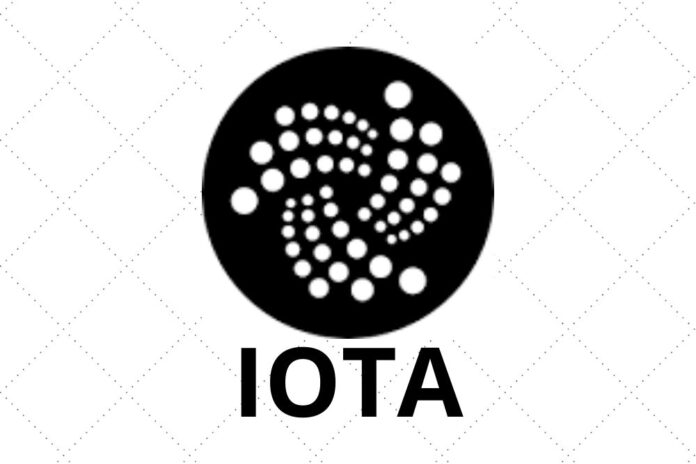Hans Moog, a member of the IOTA Foundation, has recently shared the status update about the progress made so far in Goshimmer and what IOTA’s team of developers has been working on in the last 2-3 months.
So … after a few days of catching up with work, today I will finally have some time for Twitter😅
I wanted to use the chance to give everybody a little status update about the progress in goshimmer and what we have been working on in the last 2-3 months.
🧵A Thread …👇
— Hans Moog 🦋 (@hus_qy) March 10, 2022
According to Moog, after debugging the first version of multiverse consensus late last year, the team began to implement one of the last missing pieces of coordicide, which he described as the “merge to master functionality that takes care of cleaning up decided branches to keep the algorithms fast and performant.”
Read Also: Grayscale Investments Confirms Consideration of New Products in VeChain, IOTA, EOS
Hans Moog noted:
“What we estimated to take around 3-4 weeks turned out to be much more complex and kept us busy for nearly 3 months. What had happened? Early on, it looked like the problem was much less complex than we assumed and implementing the planned changes was progressing very fast.”
Moog continued by saying that after it was done, the team tested the changes. The result turned out to be flawed with errors. He said, “Nothing worked and the nodes had instant consensus errors.”
He continued by saying that “First we thought that there was a bug in our latest changes but after nearly 2 weeks of debugging and building tools to better “inspect” our data structures, we realized that it was not our code that was wrong but that the issue was a consequence of a very fundamental problem in our concepts, that only manifested itself in combination with this last missing building block of removing information from the database.”
Moog said after about two weeks of daily discussions, the team was able to get around the problem with a solution that is capable of massively boosting the performance of their nodes and simplifying their code.
Read Also: IOTA Launches Assembly with Sharded, Feeless Smart Contracts, Taking Web3 and Metaverse Mainstream
According to the developer, these changes were so fundamental to the point of making them touch relatively all parts of the code, giving them a massive amount of unexpected work:
“2-3 weeks ago and around 50000 changed lines of code later, we were finally able to ship the first prototype supporting this very crucial feature.
“With this last building block in place, I consider the algorithms and data structures around our “vanilla OTV voting mechanism” to finally be conceptually done and we will start writing the first TIPs and specifications in the coming weeks.”
In conclusion, Hans Moog wrote, “For the first time since I joined IOTA, we have a very concrete picture of how to code all of this and it is going to be extremely simple and beautiful. I have never been as excited about our tech as in the last 2-3 weeks after “seeing” the final solution for the first time.”
Follow us on Twitter, Facebook, Telegram, and Google News


